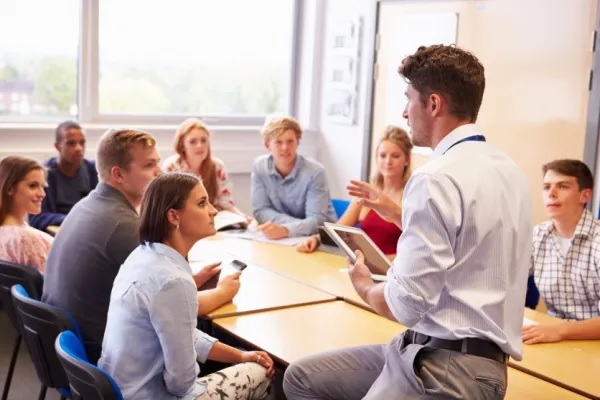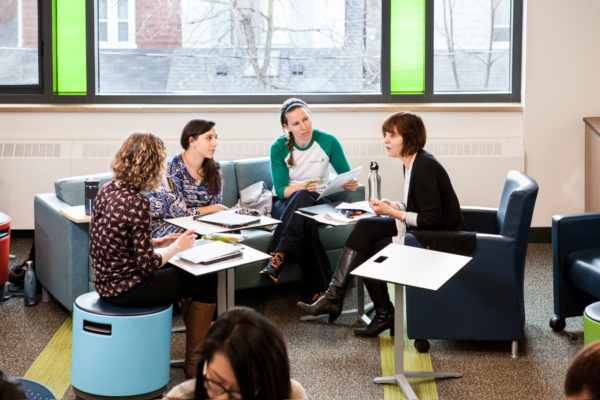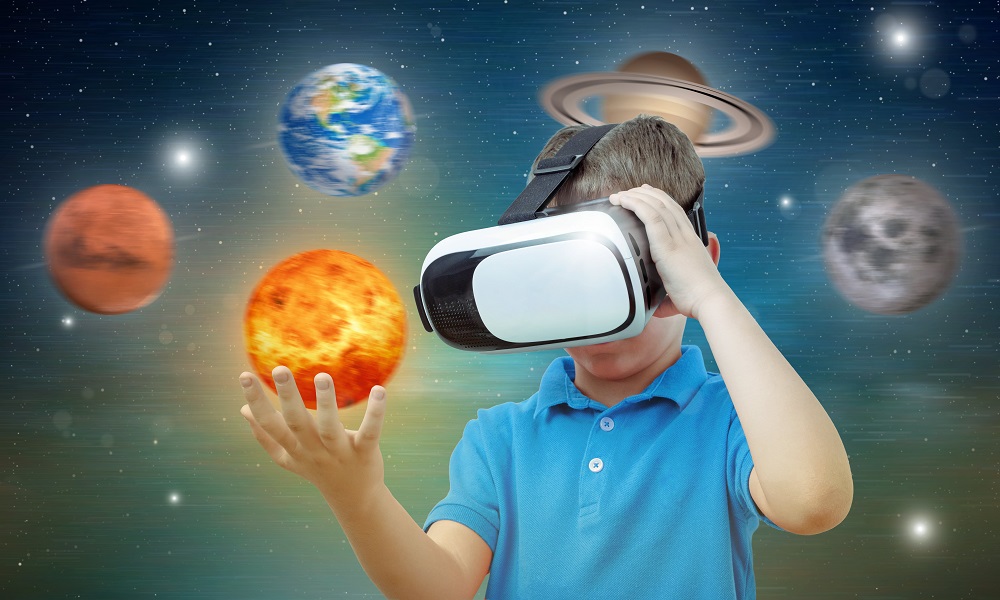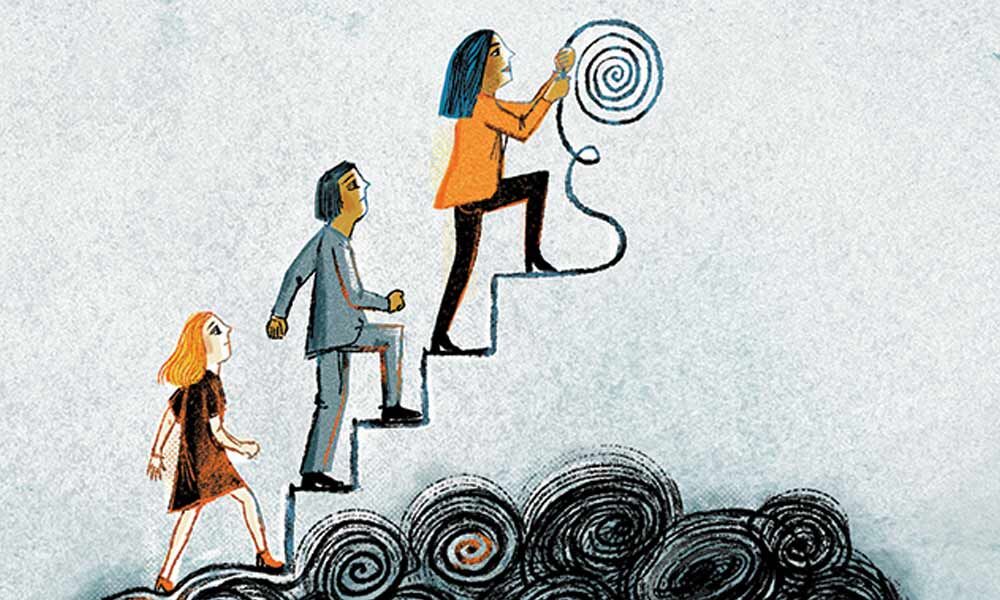Virtual Reality (VR) is a technology that has been growing rapidly in recent years. It is a computer-generated environment that can be experienced through a headset or a screen. This technology has numerous applications, and one of its most promising areas of use is in the field of education. VR has the potential to revolutionize the way we learn, making it more interactive, engaging, and immersive. In this article, we will explore the role of virtual reality in the future of education.
Enhancing Learning Experience

VR technology can enhance the learning experience by providing a more immersive and interactive environment. It can help students visualize complex concepts and theories that are difficult to understand through traditional methods. For example, in science classes, students can explore the inside of a cell or the structure of an atom in a VR environment, which can help them understand the concepts better. In history classes, students can explore historical events or visit historical sites in a VR environment, which can help them gain a deeper understanding of the subject matter.
Engaging Students
One of the biggest challenges in education is to keep students engaged and motivated. VR technology can help solve this problem by providing a more interactive and engaging learning experience. Students can explore and interact with the learning material in a more immersive environment, which can make learning more enjoyable and fun. This can also help students retain information better, as they are more likely to remember things that they have experienced and interacted with.
Providing Access to Remote or Dangerous Environments
VR technology can also provide access to remote or dangerous environments that would be difficult or impossible to visit in person. For example, students can explore the depths of the ocean or the surface of Mars in a VR environment, which can help them understand the challenges and opportunities of these environments. Additionally, VR can be used to simulate dangerous situations, such as a fire or a chemical spill, which can help students learn how to respond to these situations safely.
Personalizing Learning

VR technology can also help personalize learning by providing customized experiences for individual students. This can be especially useful for students with learning disabilities or special needs. For example, a student with dyslexia can use a VR environment to learn reading and writing skills in a more interactive and engaging way. Additionally, VR can be used to provide feedback and assessment to students in real-time, which can help them track their progress and identify areas where they need improvement.
Virtual Reality is a technology that has the potential to revolutionize the way we learn. It can enhance the learning experience, engage students, provide access to remote or dangerous environments, and personalize learning. As this technology continues to evolve and become more affordable, we can expect to see more and more educational institutions adopting it to improve the quality of education. The future of education is exciting, and VR is at the forefront of this revolution.





